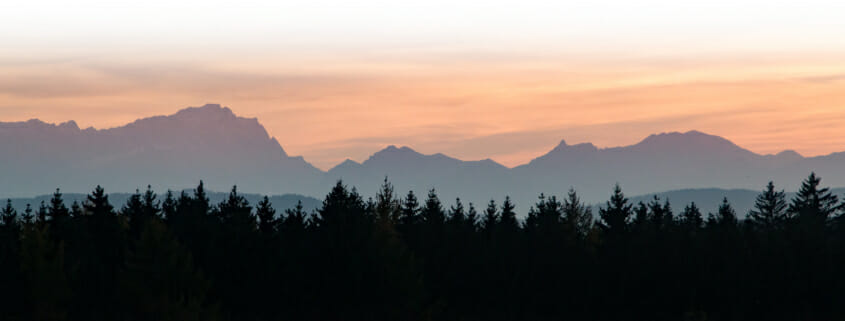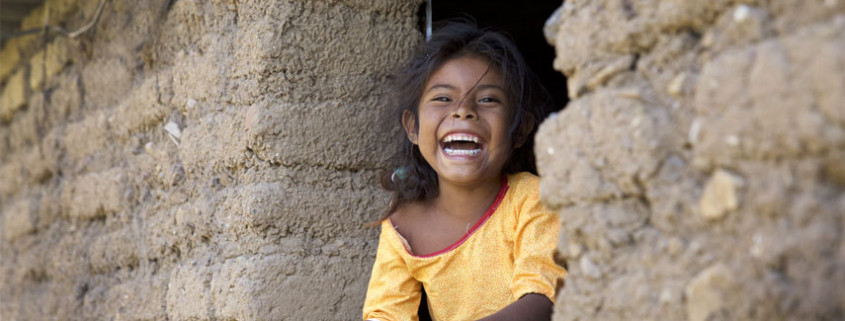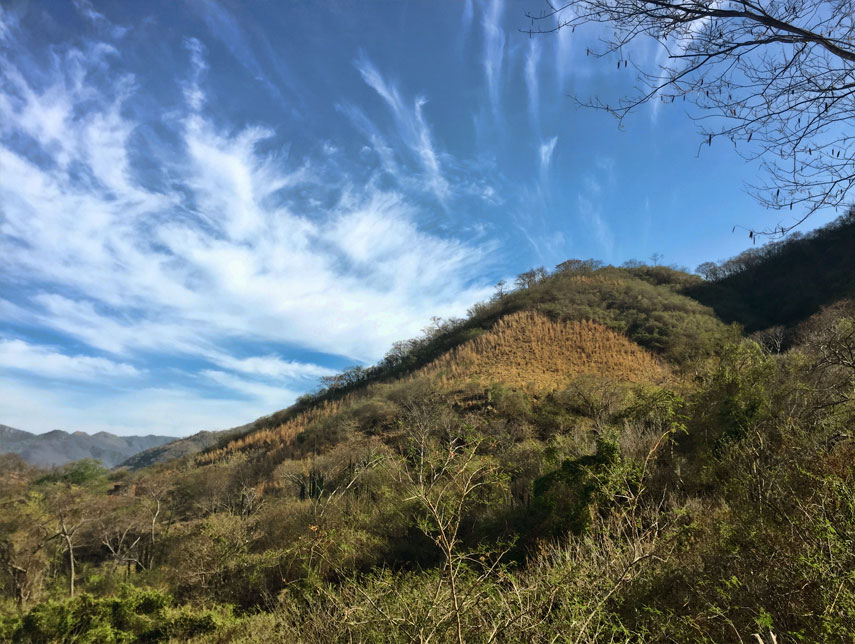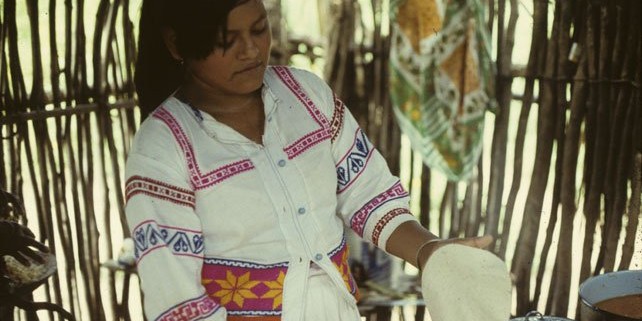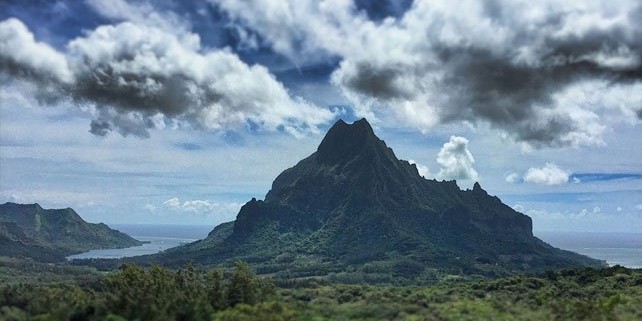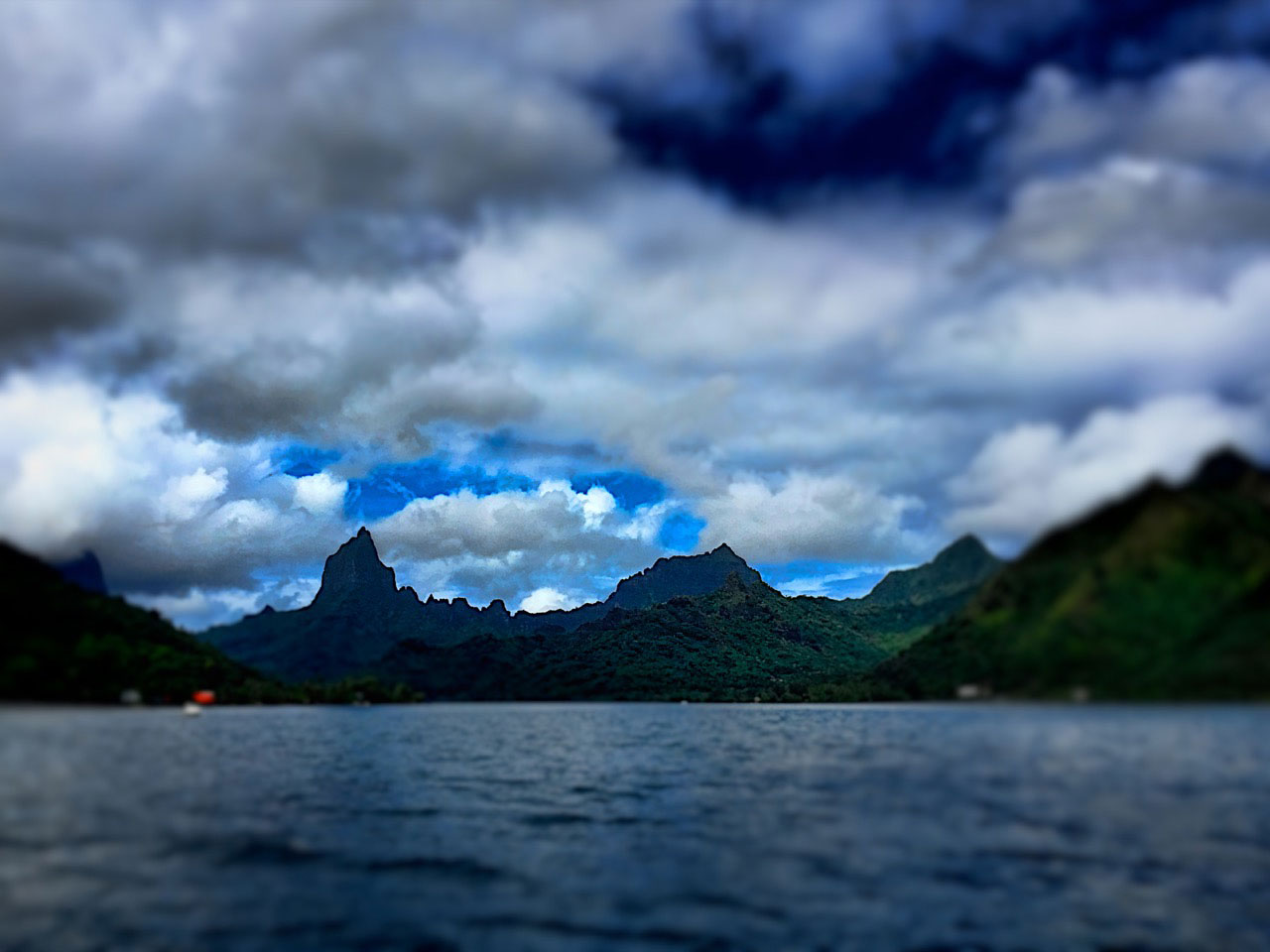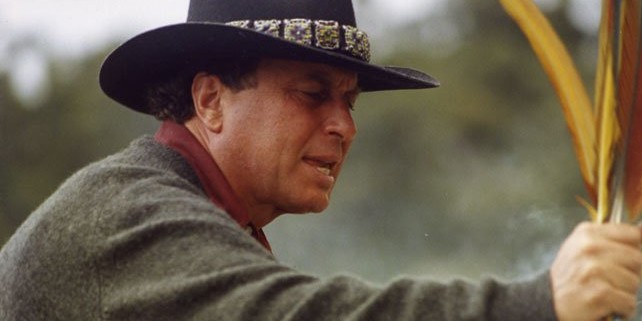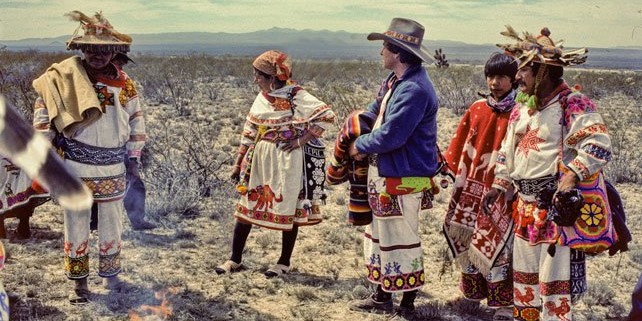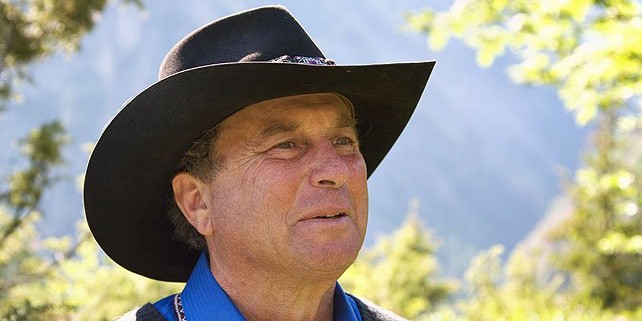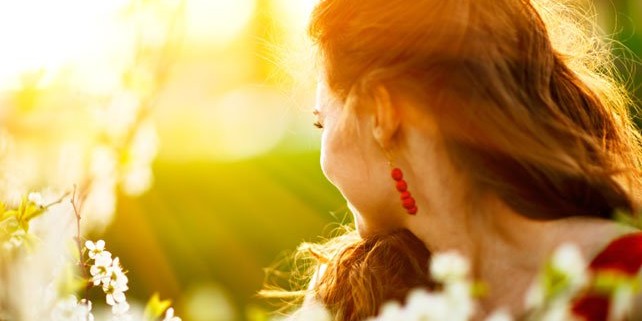Shamans throughout the world, from Tibet and Mongolia to the Americas, have been involved in healing for thousands of years, dating back to Paleolithic times. An integral part of this healing tradition is its perspectives, both personal and at the same time planetary.
Shamanism, perhaps as old as consciousness itself, is an ancient healing tradition that has, throughout the ages, reflected the changing cultures of the surrounding world.
The shamanic tradition involves healing through personal transformation as well as healing our family, community, and environment. Central to this healing tradition is the belief that we must heal and honor our mother the earth, who is viewed as a living, conscious organism. This sacred female Goddess, the earth, who nourishes our very existence, must also be nourished with such prayers and ceremonies, say shamans.
I have studied and practiced shamanism for over 40 years, completing a lengthy apprenticeship with Don José Rios (Matsuwa), a 110-year-old Huichol shaman-healer. The Huichol of Mexico are said to be the last tribe of North America to have maintained their pre-Columbian traditions, little disturbed by colonialization and Christianization until very recently. I feel fortunate for having been able to study with such an amazing group of people.
As I was taught by the Huichol, healing is a way of life; a way of being that permeates our very existence. Healing is something to be practiced constantly, not just when we are ill. Moreover, the shamanic tradition of healing does not limit itself to the healing of the physical body, but rather involves the maintenance of the harmony and balance of the universe. We must consciously make contact with all life, see our life in all things so that life and health are embedded within our hearts that so need to be nourished and cared for.
Shamanism focuses on all life as being majestically and mysteriously interrelated and sacred. Plants, rocks, two- and four-legged creatures all have personal identities with whom the shaman develop a personal relationship. When the shaman prays, he prays not only for himself but also for his sacred relatives: our mother the earth, our father the sun, our grandfather and giver of light the fire, our grandmothers the eagle and the winged ones. Don José often told me never to forget that my relatives are the earth, sky, rivers, birds, animals, stones, gems, mountains, caves, springs and lakes. Upon our first meeting, Don José spoke of our mother the earth, who nourishes and speaks to our heart. The shaman learns to listen with his heart as well as his ears, and thus shamanism, as a healing art, makes a person whole and complete, a whole system integrated fully to the surrounding environment.
According to various shamanic mythologies, there was a time when paradise existed and all life was one. For example, fire communicated freely with people. Now this is lost and for this reason, the shaman acts as a bridge, drawing upon lost lines of communication with all life that surrounds him both visibly and invisibly.
Shamanism as a healing art seeks to maintain or restore balance, both for the individual and for the planet. All life is ultimately one, and the responsibility of a shaman is to bring the forces of balance, harmon, and intuition into resonance with one another. One can say if we celebrate our life as one with our environment, our environment will thus give thanks to us with the proper amount of sunlight and rainfall. Shamans themselves act as intermediaries between people and all other life forms, the gods and goddesses and all creatures who co-inhabit the earth. Shamans also have the ability to transform themselves into a spirit entity almost as if they had the key to the process of metamorphosis. Thus the role of a shaman has been vital to the community in which he lives, as he acts as a vital link to the surrounding world.
Embedded within the tradition of shamanism and healing is the technique of achieving ecstasy. Ecstasy is sought by shamans in order to experience unity with all things. The forum used for the attainment of ecstasy is ceremonial celebration, which utilizes ancient forms of ceremony and ritual. The Huichol perform ceremonies throughout the year to maintain the delicate balance of our environment, of our universe, so that one may know their heart and feel the ecstatic joy that emanates from our very being. The “Dance Of The Deer”, a most beautiful and intense sacred dance, of the Huichol, is employed so that the participants of the ceremonies may enter into a trance state of joy and ecstasy. The shaman and his assistants chant the ancient songs as the others dance about them. All enter together as one heart into a sacred doorway, known to the Huichol as “Nierika”, face of the divine, or link to other realms of consciousness and being. At ceremonies, the Huichol shaman calls upon his ally or spirit helper, Kauyumari, the magical deer spirit person, to assist him in the task of transporting the ceremonial participants thorough the nierika (doorway), into the realm of ecstatic joy and harmony. The dancers also assist the shaman as they too, like the deer, become messengers of the gods.
Through ceremony, participants allow themselves to be transformed, renewed and life force itself is transmitted in a sacred manner. The shaman and participants in the ceremony are provided a medium for reaching the realm on the gods and the heart source of life itself.
At the same, shamanism involves what is often seen as the more mundane and down-to-earth aspects of the shaman’s day- to-day life. Students of shamanism must endure many hardships and show much strength, both inner and outer. Pilgrimages to “places of power”, (caves, springs, oceans, mountain tops), form an important aspect of shamanic healing, as pilgrims are said to receive power, (including power to dream) and many blessings for having arrived at such places. Many Huichol shamans, as well as many shamans from other cultures, are farmers and, working daily with the earth, they develop a special relationship with the earth, which they believe to be their mother.
The wisdom of ceremonial celebration, pilgrimages to sacred spots and proper daily living to achieve balance among ourselves as human beings and our environment has been lost to many people of the modern world. For this reason Don José, an incredible 103-year-old master of shamanism adopted me as his grandson and trained me in the ancient art of shamanism and healing. “You are an educated person who knows and understands your world”, he told me. “Now you will know our world too and use the two so that modern people may once again know what we have tried never to forget. There is a balance between our two worlds, grandson: that’s the way it is.”
“Is your heart happy?” Don José often asks the children at his rancho in the Mexican Sierra. “Dance with all your heart. We are following the example of the gods and the way they have taught to us. This is our life.”

